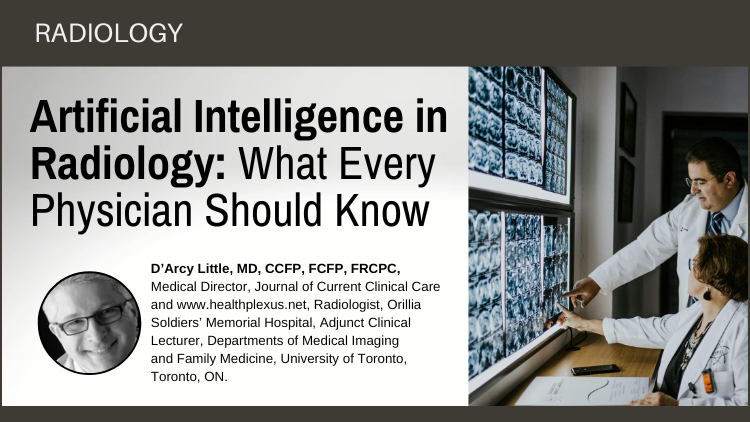D’Arcy Little, MD, CCFP, FCFP, FRCPC, Medical Director, Journal of Current Clinical Care and www.healthplexus.net, Radiologist, Orillia Soldiers’ Memorial Hospital, Adjunct Clinical Lecturer, Departments of Medical Imaging and Family Medicine, University of Toronto, Toronto, ON.

